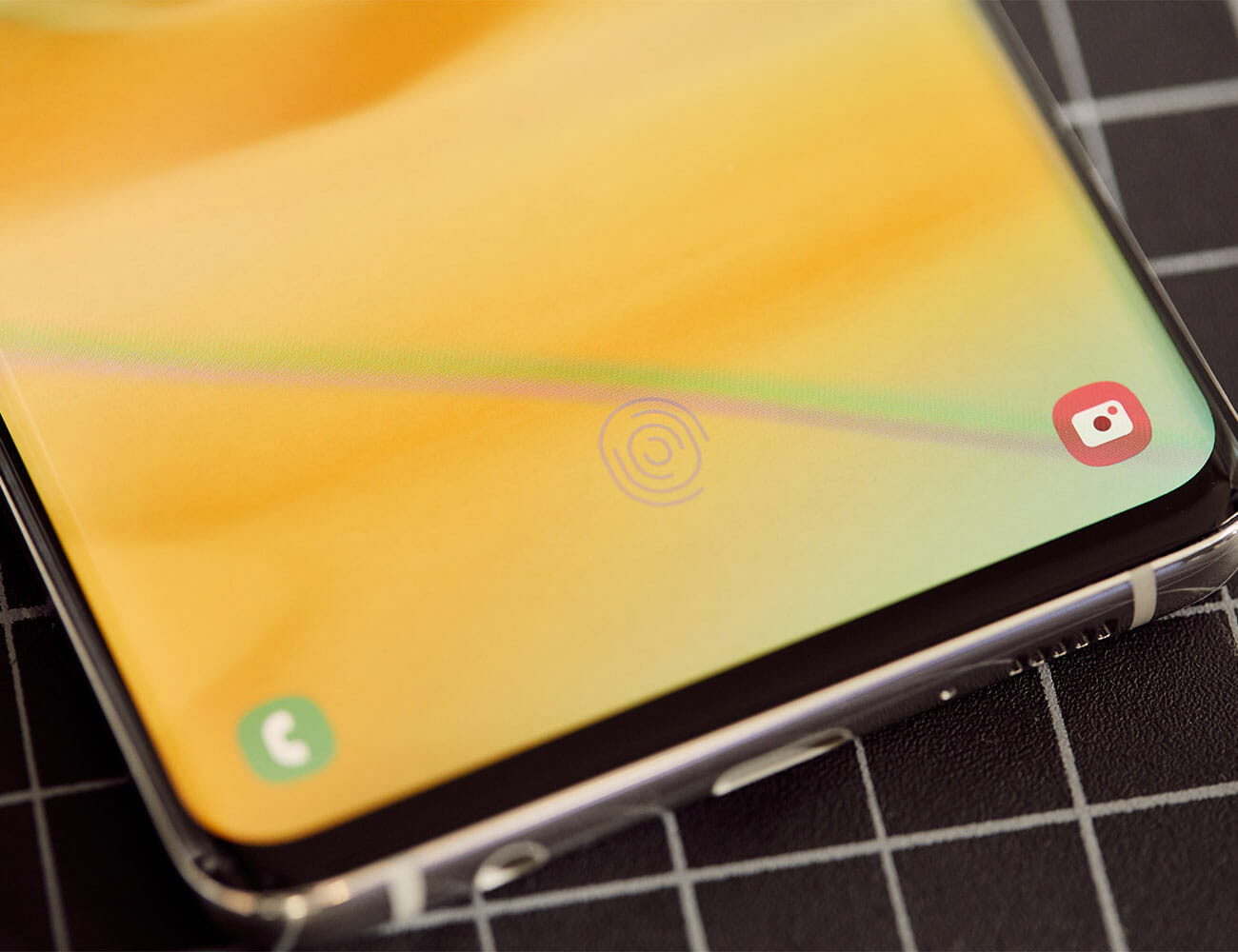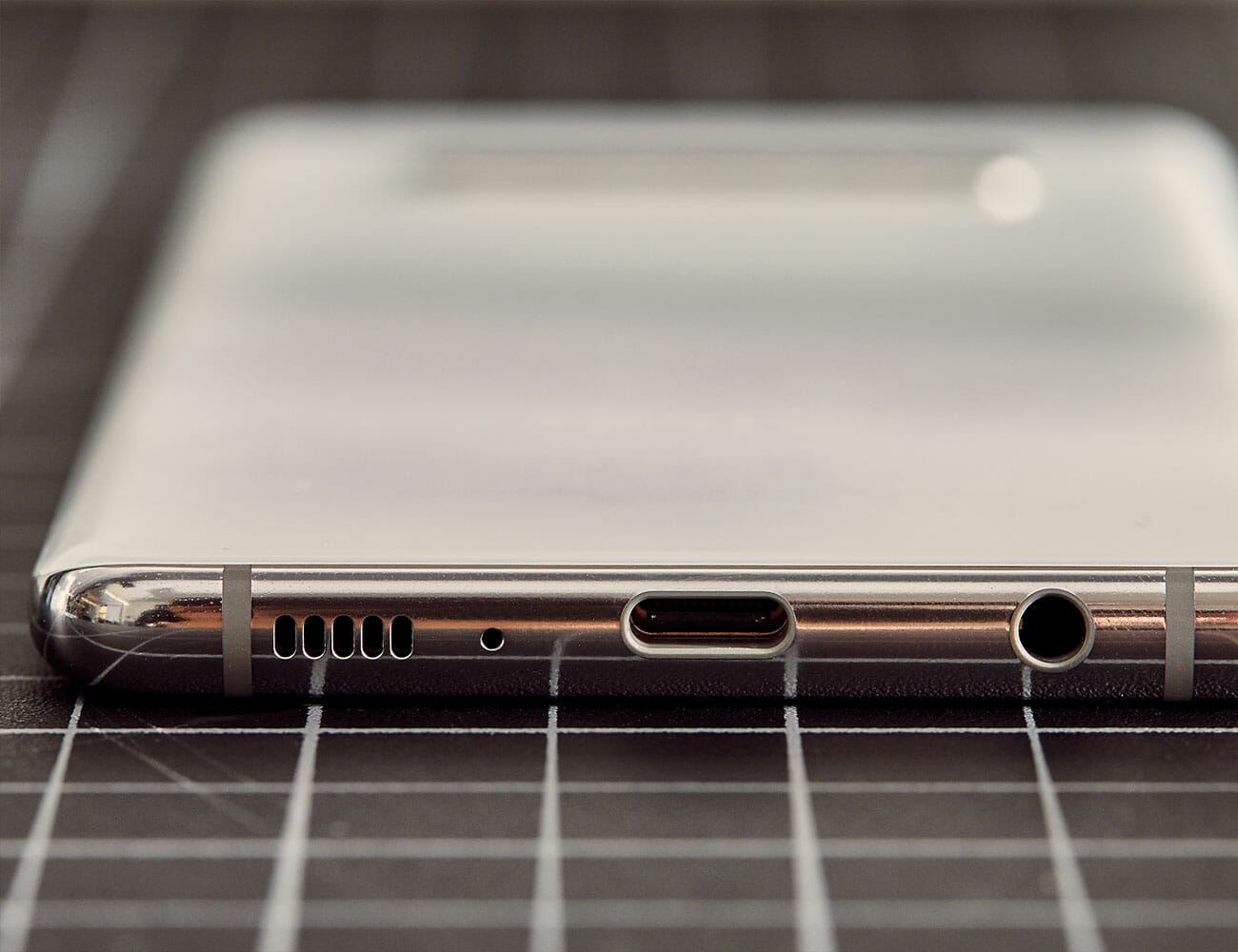Samsung’s new flagship smartphone, the Galaxy S10, has some features that are radically different from last year’s S9: the screen itself is equipped with a fingerprint sensor; the rear-facing camera system has three cameras, not two; and it can wirelessly charge other Qi-compatible devices.
There are now three Galaxy S10 smartphones to choose from: the Galaxy S10 and the Galaxy S10+, which are similar except for size, and the Galaxy S10e — Samsung’s answer to the iPhone XR. It’s the cheapest option, but users sacrifice a telephoto lens and the screen fingerprint sensor; the display is also smaller and doesn’t have curved edges.
The Galaxy S10 and Galaxy S10+ start at $900 and $1,000, respectively, while the Galaxy S10e starts at $750. For this review, we tested the Galaxy S10+.
|
The Good: The Samsung Galaxy S10 sets the pace for smartphones in 2019. It’s a gorgeous piece of hardware with a stunning display that’s better than any other smartphone (including the iPhone XS). It has a really fast processor and an excellent camera system. But what really sets the Galaxy S10 apart are features that no other smartphone has.
The fingerprint reader is fast and secure, and it takes very little time to get acclimated. The “wireless power share” feature enables you to charge any Qi-compatible device, like the Galaxy Buds (Samsung’s third-generation true wireless earbuds) or your friend’s iPhone XS. Samsung also answered numerous people’s plans by keeping the headphone jack on the Galaxy S10.
Who It’s For: Anybody who has owned a Samsung smartphone in the past few years or simply wants the best Android smartphone available right now. The Galaxy S10 is not an iPhone killer, as it still won’t make people forget iOS and iMessage, but this smartphone is far more advanced that the latest iPhones.

Watch Out For: Despite the new features and upgraded specs, Samsung’s latest flagship smartphone feels and looks a lot like its flagship from the year before, the S9, which is still an excellent smartphone. The camera, aside from the additional ultra-wide lens, stayed largely the same.
The ultrasonic fingerprint sensor that’s embedded in the screen of the Galaxy S10 is intuitive and works well, and Samsung says it’s way more secure than the capacitive fingerprint sensors found in most other smartphones, including Samsung’s new Galaxy S10e, but there’s no denying that it’s not as fast; maybe that’s a testament to how good capacitive fingerprint sensors have gotten, but you’ll notice a slight delay while unlocking the S10.
Alternatives: The Google Pixel 3 is still the high-water mark for smartphone cameras — it’s brilliant and better than anything else out there. It also runs the purest form of Android, and you can expect it to receive software upgrades faster than any other Android smartphone, including any of Samsung’s new trio. That said, the Galaxy S10 puts the Pixel 3 to shame in terms of features and all-around beauty.
Verdict: On one hand, Samsung’s new smartphones are very similar to last year’s models — the S10 and the S9 have comparable designs and camera systems. The S10 smartphones have drastically different features and feel like they are drastically different from anything else out there. Yes, you can expect other Android smartphones to copy what Samsung has done here — in-screen fingerprint readers, wireless power share, ultra-wide lens — but they won’t be able to replicate how darn beautiful this smartphone is. If photography is your priority, the Google Pixel 3 is still king. But for everything else, this is the best Android smartphone you can buy.

What Others Are Saying:
• “As for comparisons with other phones, I wouldn’t update from the Galaxy S9 Plus, but I would from any older Galaxy phone. The bottom line is that you have more general flexibility with camera shots on the S10 Plus than with the Pixel 3. Night mode is one exception, and both the Pixel 3 and Huawei’s Mate 20 Pro have dedicated night modes that easily outpace the Galaxy S10 Plus. If nighttime photography is a make-it-or-break-it feature for you, you may want to wait for next month’s Huawei P30 Pro, October’s (likely) Pixel 4, or cross your fingers that Samsung might push out a software upgrade..” — Jessica Dolcourt, CNET
• “The S10+ is a good example of where Samsung stands as we stare down the next decade of Galaxy flagships. It has an excellent display, solid cameras, powerful guts and a sturdy, premium build. But the company’s software is still hit or miss. While One UI and Routines are helpful updates, Bixby is still behind the competition and features like Shot Suggestion and Super Steady mode are mediocre. None of these are deal-breakers, though, and ultimately the S10+ continues Samsung’s excellent track record as one of the best Android phone makers.” — Cherlynn Low, Engadget
• “But as a single phone (in two sizes), the Galaxy S10 gets as close as possible to fulfilling the promise of being the best phone for the widest range of people out there — provided, of course, they’re able to pay $900 or more for a phone to start with. Without caveats or questions, I can recommend a Galaxy S10 or S10+ to anyone and not worry that it’ll be missing something they want or rely on in a modern high-end smartphone. Once you’ve found the Galaxy S10 for yourself, there’s little reason to look any further..” — Andrew Martonik, Android Central
Key Specs
Size: 6.1-inch (S10), 6.4-inch (S10+)
Display: AMOLED
Processor: Qualcomm Snapdragon 855
Rear Camera: 16MP ultrawide (f/2.2), 12MP dual-pixel wide (f/1.5, f/2.4), 12MP telephoto (f/2.4)
Front Camera: 10-MP dual-pixel (f/1.9) (S10); 10-MP dual-pixel (f/1.9), 8-MP depth-sensing (f/2.2) (S10+)
Durability: IP68
Capacity: 128GB, 512GB, up to 1TB with MicroSD
Key Features:
|
Samsung provided this product for review.

Hot takes and in-depth reviews on noteworthy, relevant and interesting products. Read the Story

